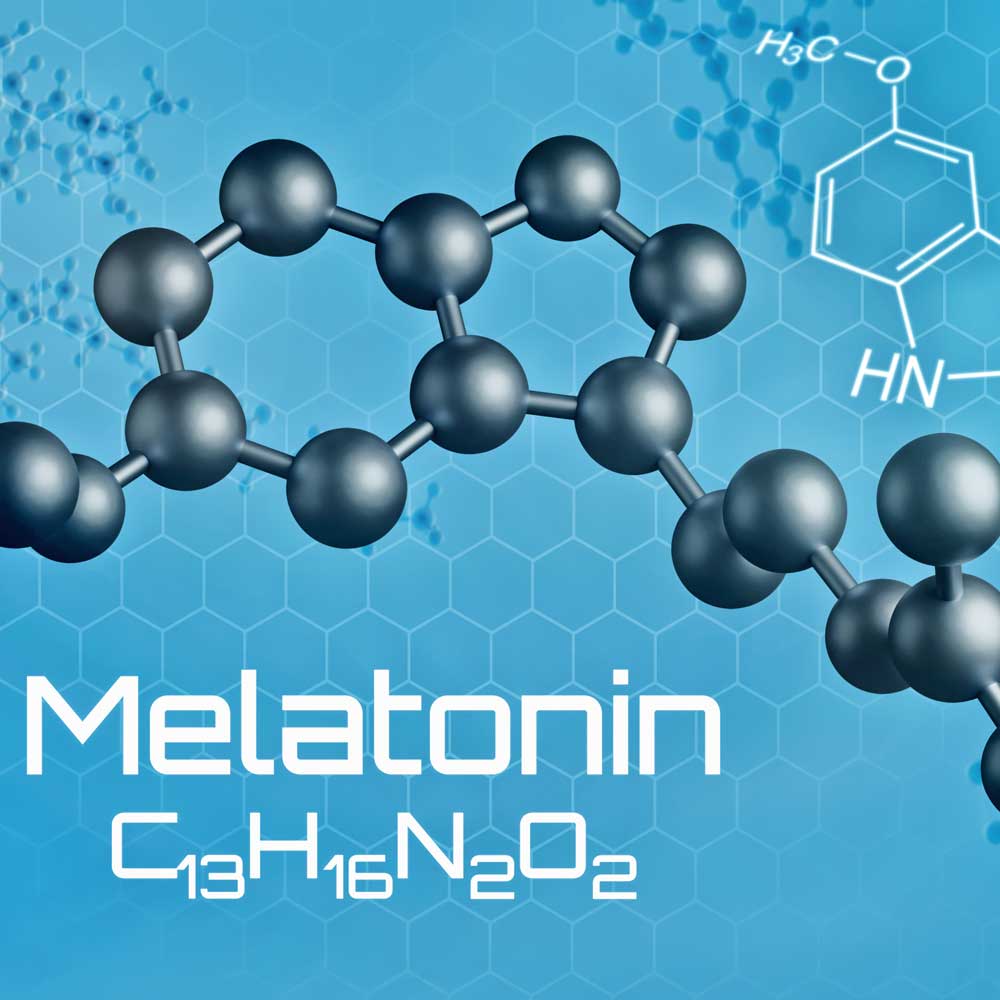Latest Facts
Medical Studies on Melatonin – Latest Facts

You want to get a fast overview on the latest research on melatonin and its multiple applications? – In this category you will find the most important studies listed separately; of course, these are also assigned to the respective subject areas.
The selection of the presented papers was made by the scientific committee of Interchron, the international forum for chronobiology, and it will be updated continuously.
Medical Studies on Melatonin – Latest Facts
Good-quality oocytes are critical for the success of in vitro fertilization (IVF), but, to date, there is no marker of ovarian reserve available that can accurately predict oocyte quality.
There is highly credible evidence that melatonin mitigates cancer at the initiation, progression and metastasis phases. In many cases, the molecular mechanisms underpinning these inhibitory actions have been proposed. What is rather perplexing, however, is the large number of processes by which melatonin reportedly restrains cancer development and growth.
What are the underlying mechanisms of the decline in the fertilization ability of post-ovulatory aged oocytes?
Assisted reproductive technologies (ART) have experienced growing interest from infertile patients seeking to become pregnant. The quality of oocytes plays a pivotal role in determining ART outcomes.
Polycystic ovarian syndrome (PCOS) induces anovulation in women of reproductive age, and is one of the pathological factors involved in the failure of in vitro fertilization (IVF).
Melatonin is uncommonly effective in reducing oxidative stress under a remarkably large number of circumstances. It achieves this action via a variety of means: direct detoxification of reactive oxygen and reactive nitrogen species and indirectly by stimulating antioxidant enzymes while suppressing the activity of pro-oxidant enzymes.
The physiology of oocyte in vitro maturation remains elusive. Generally, the oocytes have a very low maturation rate under in vitro conditions.
Melatonin, an indolamine secreted by the pineal gland, is known as a powerful free-radical scavenger and wide-spectrum antioxidant.
The pineal hormone melatonin controls several physiological functions that reach far beyond the regulation of the circadian rhythm. Moreover, it can be produced in extra-pineal organs such as reproductive organs.
Multiple sclerosis (MS) is the most common neurological disease that happens at a young age. MS is an inflammatory disease; associated with the demyelination of the central nervous system.
Evaluating the effectiveness of melatonin in prevention of radiation-induced oral mucositis.
There is currently an urgent need for a viable, cheap, and readily available treatment for the Ebola virus outbreak in West Africa. Here, it is proposed that melatonin may have significant utility in helping the management of this outbreak.
The purpose of this article was to summarize what is known about the function of melatonin in the oral cavity.
Melatonin is a hormone secreted by the enigmatic pineal gland in response to darkness, hence the name hormone of darkness. It has generated a great deal of interest as a therapeutic modality for various diseases particularly sleep disorders.
The purpose of this report is to emphasize the potential utility for the use of melatonin in the treatment of individuals who are infected with the Ebola virus.
The aim of this study was to evaluate the efficacy of oral melatonin supplementation on oocyte and embryo quality in patients in an assisted reproductive technologies program.
Infertility is the problem of 15% of young couples in different societies. One of the factors that could affect fertility is oxidative stress. Therefore, the aim of the present study is to investigate the level of Melatonin, a free radical scavenger, and its correlation with oxidative biomarkers in infertile men.
Melatonin, a versatile molecule, is synthesized by the pineal gland but also by other organs, including gastrointestinal tract, retina, thymus, bone marrow, and by leukocytes.
Melatonin has a wide variety of beneficial actions at the level of the gonads and their adnexa. Some actions are mediated via its classic membrane melatonin receptors while others seem to be receptor-independent.
The reactions of N(1) -acetyl-N(2) -formyl-5-methoxykynuramine (AFMK) and N(1) -acetyl-5-methoxykynuramine (AMK) with (•) OH, (•) OOH, and •OOCCl3 radicals have been studied using the density functional theory.